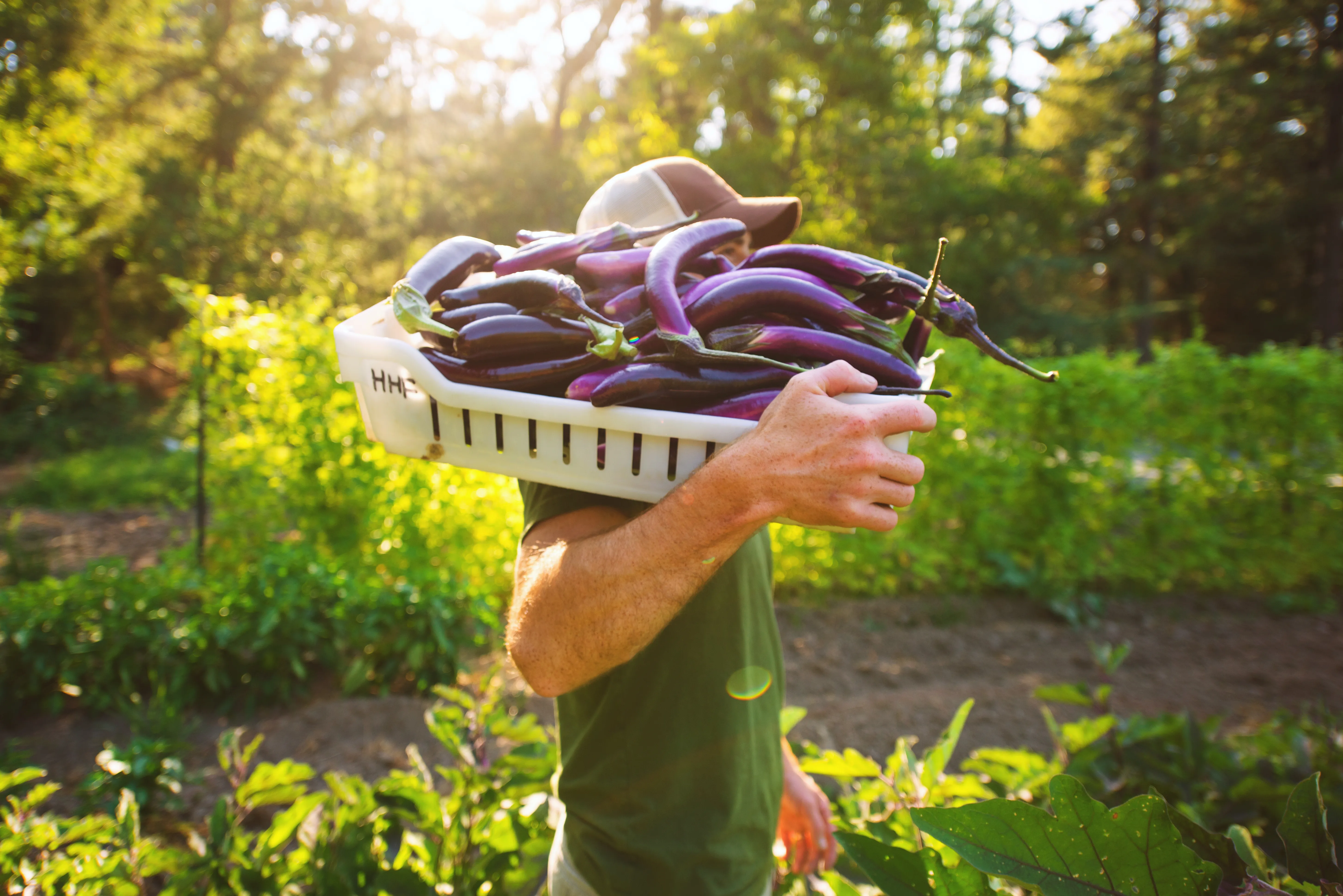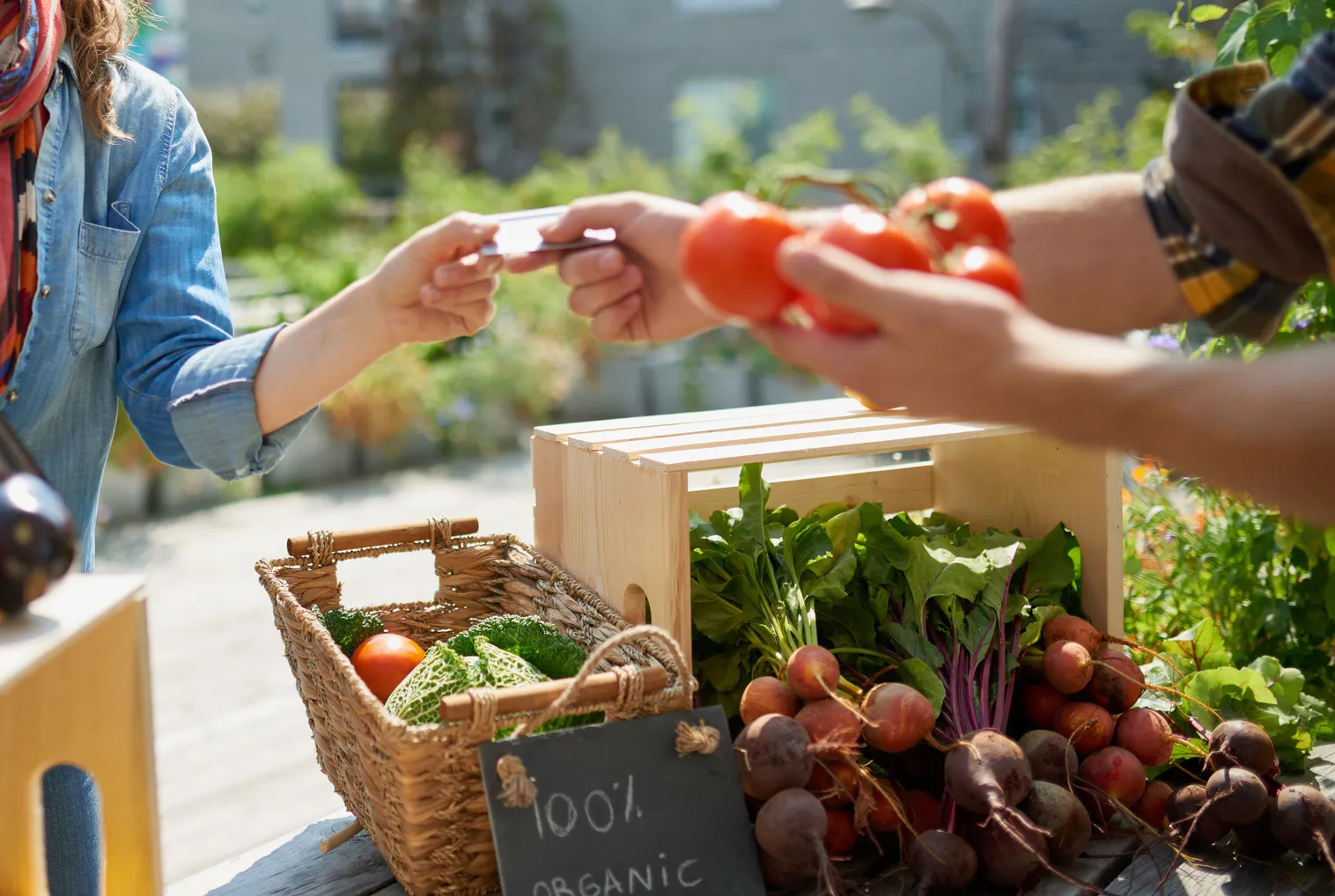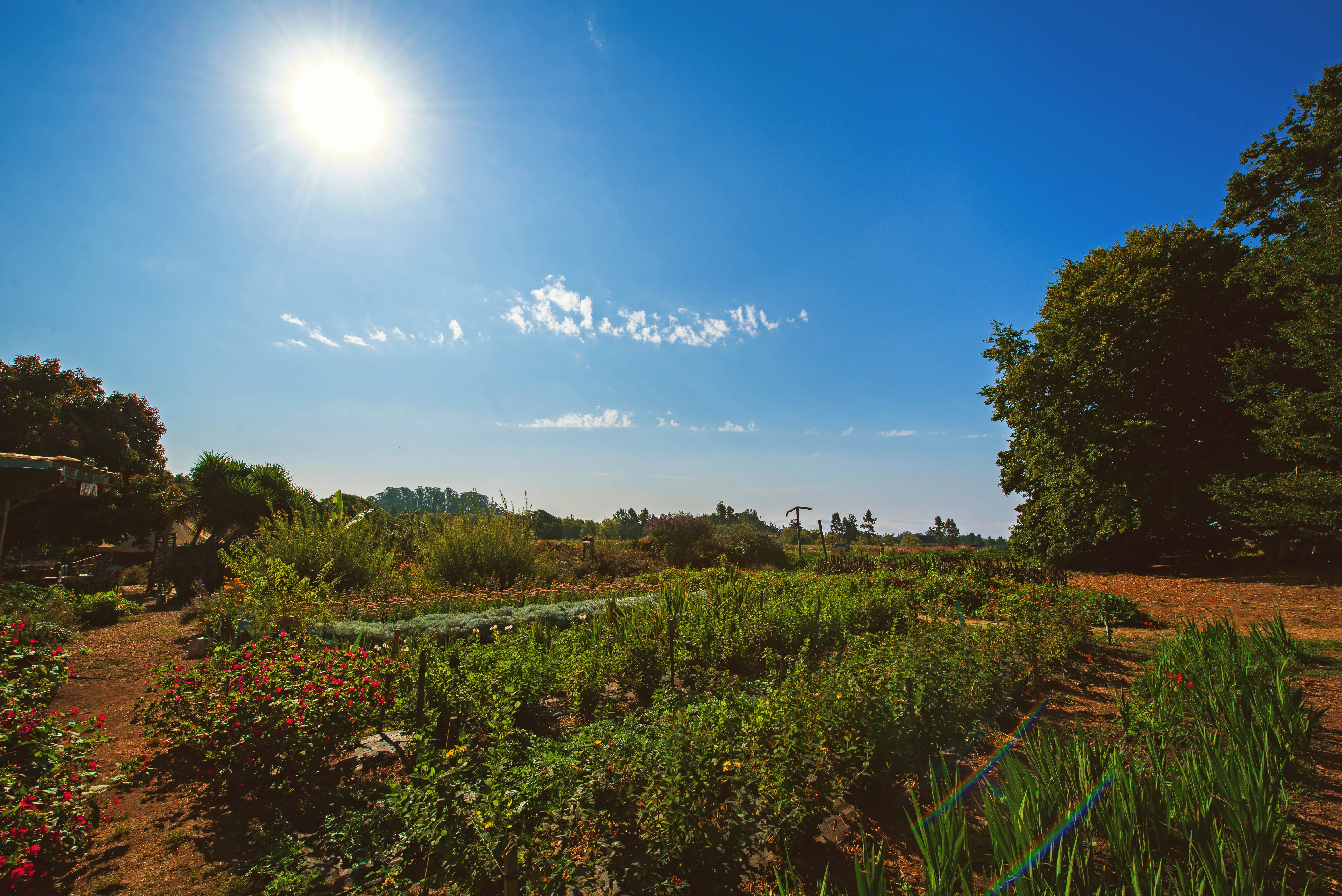Biodynamic Farming Part 2: Farm Case Studies
Last week on the Tend blog, writer Lydia Noyes began her
analysis of the profit potential of biodynamic farming. This week in part 2 of her feature, she
goes a bit further and speaks with farms themselves to get their perspective on the business aspect
of this growing movement.
After reaching out to biodynamic farms across America for input for this article, we chose a few to
highlight to provide a closer look at the financial reality of biodynamic farming today.
Specifically, we spoke with the following farms:
Hawthorne Valley Farm:
935-acre dairy cow and vegetable farm in Hawthorne Valley, New York
Cow Horn Wine: 117 acres (28 in production)
biodynamic vineyard and winery in the Applegate Valley of Southern Oregon
Crickets Cove: 35 cultivated acres of
fruit trees, berries, and vegetables in Kenbridge, Virginia
Greene Meadow Farm: 40-acre beef and medicinal herb farm in Moravia, New York
While the spokespeople for these farms had a variety of views, advice, and strategies for making
biodynamic farming profitable, they tended to agree on the following points: 1) the importance of
vertical integration; 2) the advantages of a local, loyal consumer base; and 3) that the scale and
location of their farm was critical for its success as a biodynamic operation.
Vertical Integration for Profitability
For many biodynamic farms, the key to staying financially competitive is controlling every level of
their product, from production to retail.
As an example, Hawthorne Valley Farms follows a vertically integrated food enterprise system where
they add value to their dairy products by processing them on the onsite creamery and bakery, and
then sell these products through direct marketing in their farm store, CSA, and local farmers’
markets.
This allows the farm to maintain higher profit margins on their products, which creates a buffer
against seasonal fluctuations and an occasionally unpredictable customer base. However, the farm
notes that their CSA and farmers’ market sales have plateaued recently, leading them to investigate
‘innovative wholesale solutions’ to close the gap.

(c) CASFS, UC-Santa Cruz
Likewise, Cow Horn Wine processes their biodynamic grapes into wine onsite (just 100 feet from the
vines themselves), so that they cut out transportation costs for production. The farm also grows a
variety of vegetable crops to sell as add-on purchases to wine customers and local restaurants that
serve their wine.
In Virginia, Crickets Cove follows a similar strategy by selling produce at their brick and mortar
boutique grocery store right on Main Street. From this store, the farm offers weekly CSA bag pickup,
in-store shopping, and even pickup for email orders. Managing their own storefront allows the farm
to cater to a customer base that can’t find biodynamic foods elsewhere in the community without
splitting their profits with a wholesale distributor.
Keep the Key Market as Diverse and Local as Possible
Just as biodynamic crops benefit from biodiversity, biodynamic farmers often benefit from building
diversity into their profit strategies.
Many small biodynamic farms focus on selling a specific product (wine, dairy products, and beef are
popular) and then grow add-on vegetables, fruits, and other products for customers to buy along with
their intended purchase. This builds resilience into the revenue stream and allows farmers to take
advantage of the unique strengths of different areas of their acreage.
Likewise, many small biodynamic growers find it more profitable to sell to an already loyal
customer base than to widely distribute their products across the country. Hawthorne Farm, Crickets
Cove, and Cow Horn Wine all sell directly from their own farm stores, meaning that they rely
considerably on customers seeking them out, not the other way around.
However, it is important to note that this strategy works better in places where a customer base
exists that values sustainably grown products and can afford to pay a premium for them. Greene
Meadow Farm mentioned that there was little additional economic value for biodynamic food in their
region of New York, meaning that selling directly through their own store would not be profitable
enough to pursue.

Find Customers That Already Value Your Products
Many of the farmers we spoke with mentioned similar frustrations about convincing their customers
that high-quality food deserves to cost more. In many cases, these farmers indicated that their
customers either “got it” or didn’t when it came to understanding the hidden environmental costs of
their food, and there wasn’t much that farmers could say to convince them otherwise.
For this reason, many biodynamic growers find it most profitable to focus their efforts on selling
to the believers, not attempting to convert the unconvinced. For these farmers, setting up their own
selling operations made it easy for their ideal customer to come directly to them, without the
financial cut that would come with competing with conventional food in grocery stores.
Scale of Operations and Location are Critical for Success
Unlike conventional farming operations, biodynamic farms tend to be small. Most of the farms we
surveyed have a few hundred acres or less, and most include two to six full-time staff as well as an
ever-rotating crew of interns and apprentices. Some farms, like Greene Meadow Farms, relied on
off-farm income to remain profitable.
While the strategy of staying small is counter-intuitive for conventional farms, it tends to work
well for biodynamic operations, because it dramatically reduces equipment costs while leveraging a
relatively cheap labor supply instead.
In the same way, prosperous biodynamic farms are often located in places where a customer base
lives that is willing to pay premium prices. This means that biodynamic farms closer to wealthy
communities or urban centers may have a more profitable market to tap into, though often at the cost
of paying far more for their farmland.

(c) CASFS, UC-Santa Cruz
Time can be a Limiting Asset
For the biodynamic farms we spoke with, one of the most significant limits for improving
profitability is the finite amount of time available each day for farm operations.
Many biodynamic farmers prefer to keep their scale small and hire fewer than half a dozen full-time
staff members. This means that not only day to day farm operations, but marketing, promotion, sales,
and business strategizing can take up a significant portion of the workday. For example, Marianne
Cicala from Crickets Cove mentioned that expanding her farm operation is currently impossible, as
she regularly puts in 80-plus hour weeks as it is.
In the same way, off-farm jobs are often essential for supporting a biodynamic farm. For example,
Charlie Greene of Greene Meadow Farms noted that he usually worked 30 or more hours a week on his
farm while maintaining a fulltime outside job as well.
In Summary: Can Biodynamic Farming Make Financial Sense?
From this analysis, it appears that well-managed biodynamic farms have plenty of potential for
generating a profit. These farms rely on far fewer inputs like synthetic fertilizers and pesticides,
and well-managed farms can produce 81 percent or more of the yields of conventional farms. If you
can find a market that can support a higher price point for biodynamic products, your farm’s revenue
stream has excellent potential for staying positive.
Despite lower yields and higher labor costs, biodynamic agriculture can still prove significantly
more profitable for farmers can conventional, especially if they retain vertical control over their
operations, sell to a local, engaged customer base, and scale their services in proportion to what
their time can support.
Beyond making financial sense, biodynamic farms have proven to be better than conventional farms at
reducing erosion, creating wildlife habitats, supporting pollinators and sequestering carbon
dioxide. If we lived in a world where these environmental benefits and services were given dollar
values, the cost of conventional farming would be considerably more than for biodynamic agriculture.

Lydia Noyes is an Environment, Health and Natural Living writer whose work has appeared
in Mother Earth News, Heirloom Gardener, Organic Lifestyle and Grit Magazine. She lives
in West Virginia among the beautiful Appalachian Mountains.